There is never a guarantee that Switzerland’s lakes freeze over.
Because for a perfect surface of black ice, several environmental factors need to align: Temperatures below freezing, enough time and even the position of the moon. I remember that in my childhood, it was common for ponds and lakes to freeze almost every winter. Everyone owned a pair or ice skates which we would strap on during gym class or on weekends. It is a great feeling to glide across black ice.
Still today, there are several lakes in Switzerland with a fairly high likelihood of freezing over.
Obersee in Arosa (Grisons)
The charming Obersee is an unmissable sight in Arosa. Located just outside the train station, it will take you mere minutes to hit the ice. This lake invites for ice-skating, hockey games and even curling.
The ice rink is open from 10 AM to 5 PM daily. Skate rentals are available, and here is more information about what to expect.
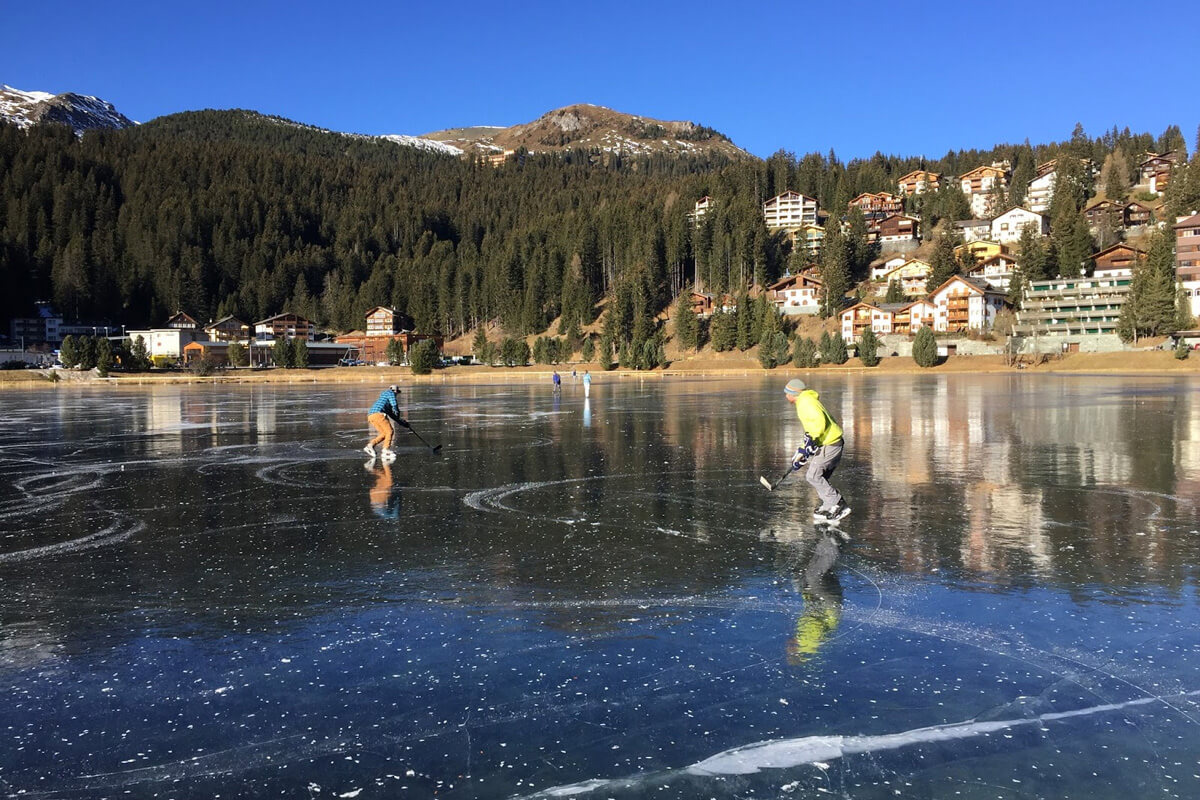
Sihlsee (Schwyz)
Sihlsee is an artificial dam near the town of Einsiedeln. The location is especially beautiful as it is surrounded by mountains and untouched nature. The last big freeze happened in 2013/2014, providing enough space for the public to do ice skating, hiking and even cross country skiing.
The ice rink is open from 10 AM to 4:30 PM, and skate rentals are available at the kiosk. Here are directions on how to get there as well as more information to plan your visit.
Oeschinensee (Bern)
Oeschinensee is a must-see spot for the sunny days before the big snow. The spectacular surroundings with high mountain walls make this natural ice skating rink one of the most impressive in the world. Skating here is the experience of a lifetime. You might find hundreds of people there every day. But once you move a bit further away from the shore, even the shiest of skaters can find plenty of private space to swirl around.
Lac Brenet (Jura)
The Lac Brenet sits right along the border of Switzerland and France in the valley of the Doubs. Since it is a part of the River Doubs, Lac Brenet is not technically a “lake” but rather a widening of the river. This is also why it has the perfect shape for ice skating: It is 4 km long and no more than 200 m wide.
The one caveat about this lake? Due to liability concerns, there is no longer an official measuring of the thickness of the ice (source). Along the ice rink, you will notice signs pointing out the danger. Meanwhile, hundreds of ice skaters might be gliding across the frozen lake…
Lac de Joux (Vaud)
Here is another lake predestined as an ice rink: Lac de Joux. This body of water is actually located next to Lac Brenet. The rough nature in this valley of the Vaudois Jura really is an attractive vantage point for sports throughout the year, including hiking across the frozen lake.
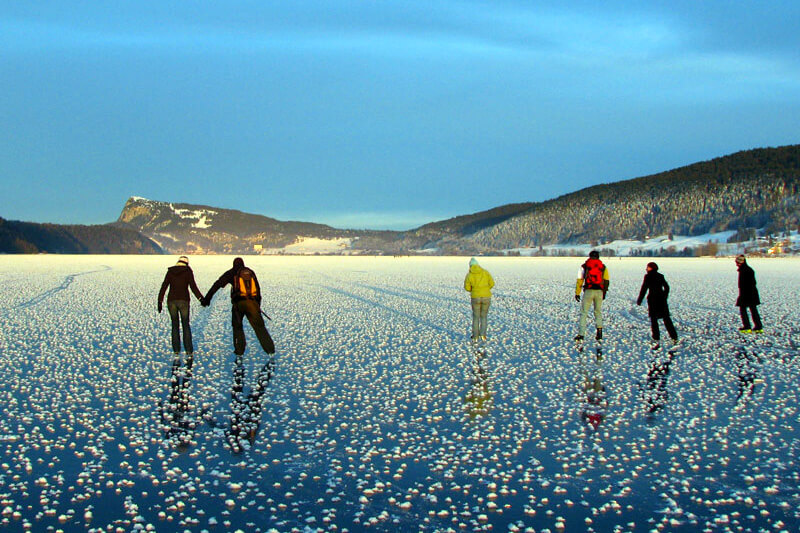
Lac des Taillères (Neuchâtel)
The second biggest lake in the canton of Neuchâtel is located just outside La Brévine. This town has been referred to as “Switzerland’s Siberia” for a reason: The coldest temperature ever recorded in Switzerland was measured here: Minus 41.8 degrees C.
According to a reddit member, Lac des Taillères in the canton of Neuchâtel is frozen over as of the end of 2016. Every February, the traditional “Cold Festival” takes place there.
How about learning 17 facts about Switzerland’s lakes and mountains? For even more “lake content”, we have put together a list of Swiss lakes that are perfect for wild swimming.
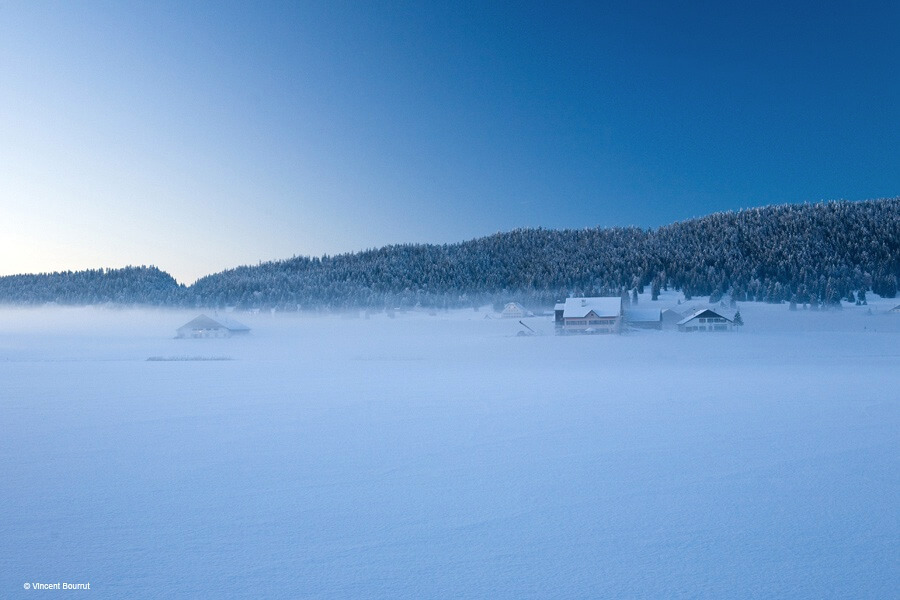

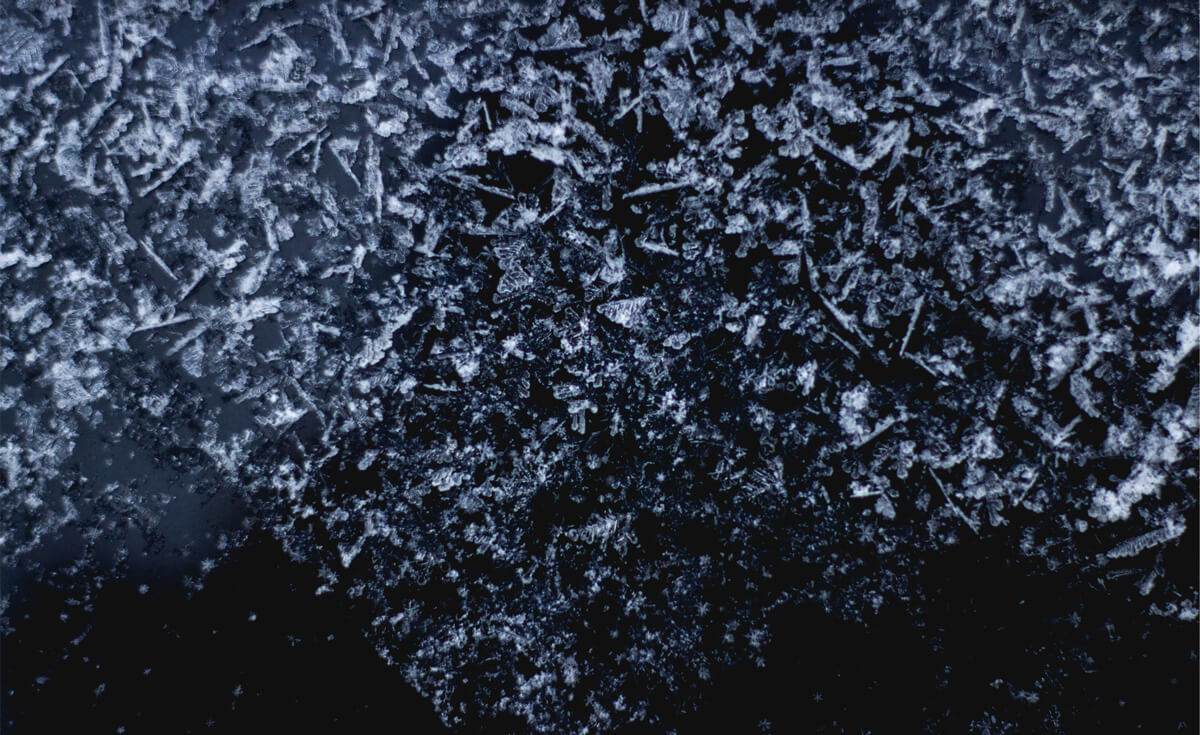
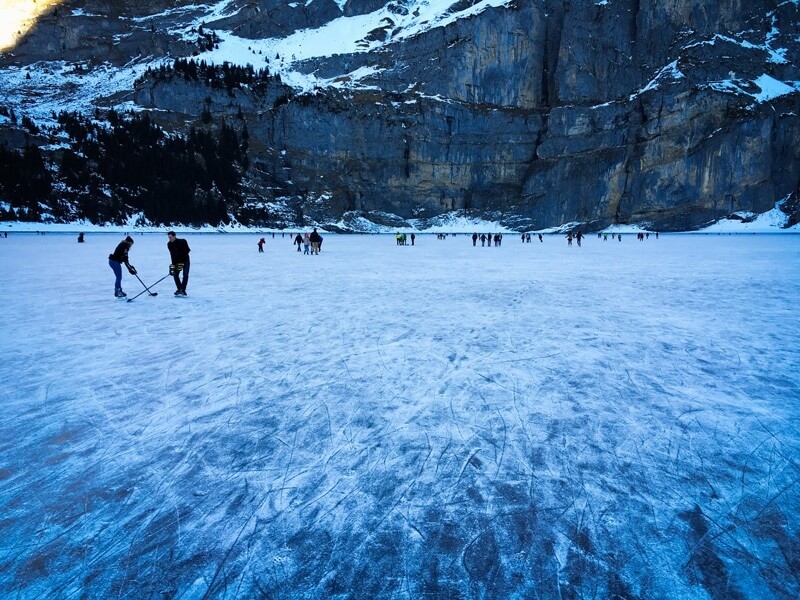
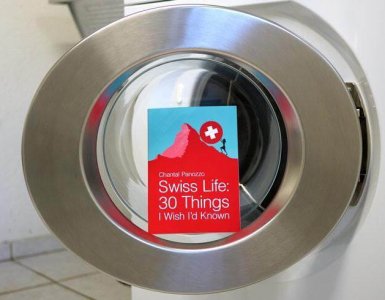
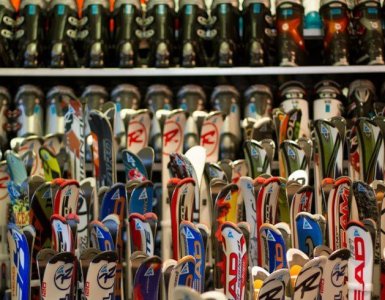


I get a pit in my stomach just looking at pictures of people standing/skating on a frozen lake. All it takes is one weak spot of ice for disaster to strike.
At Lac de Joux for instance there are local people checking the ice and giving the green or red flag to go. I don’t remember a person falling into the ice in those big lakes. Although the noise of ice plates banging into each others and cracks can be frightening. ;-)